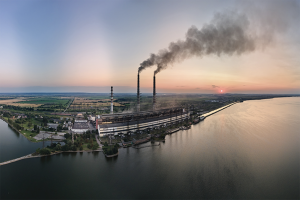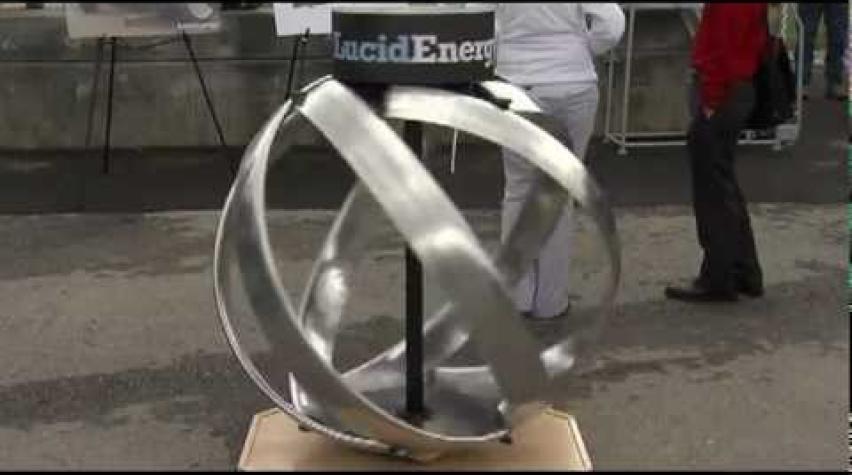
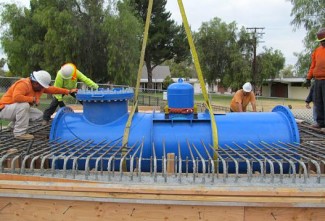
An untapped energy source
To convince city managers around the country that Lucid's innovative turbine generates reliable power and won't impair water pressure, the Riverside demonstration project opened last April after tweaking four iterations. This one worked "flawlessly," Kevin Milligan, the city's assistant manager for water, told the Portland Tribune. Having flown in from all over the world, utility managers - all possible customers - gathered around the churning turbine, scrutinizing this new source of energy. ?"A Lucid pipe can be installed in a day and can begin generating clean, constant, energy in a week," Josh Kanagy, Lucid's director of business development, told the crowd and Water World magazine. Watch the video above from the press junket. Lucid's system uses a 25-foot-long steel pipe, wider at each end and tapered toward the middle, causing water pressure to rise as it hits the turbine's five teardrop-shaped blades. Water pressure recovers soon after it moves the blades and produces electricity.
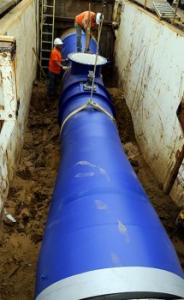
In Riverside, water pressure loss from each turbine is minimal, about three to four pounds per square inch, Milligan says. "You can add as many turbines as you have pressure to extract," he says. A string of four turbines in a section of pipe carrying water downhill might produce enough electricity to power 100 homes, says Gregg Semler, Lucid's CEO. The cost payback - without any government subsidies -"is about three to four times better than solar or wind installations." And like wind and solar energy, there are no carbon emissions from Lucid's turbines. But it can pump out electricity around the clock.
New infrastructure totaling $650 billion
Lucid was founded in 2007, based on the work of three Russian scientists who tried to produce hydropower from rivers without harming fish. When that plan didn't pan out, Rod Schlabach, Lucid's head of engineering, came up with the in-pipe hydrosystem.
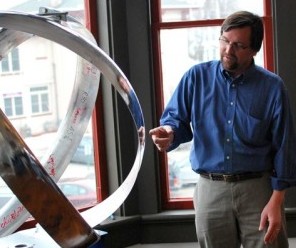
Soon afterwards, the company found an important backer, Northwest Pipe Co., a $387 million-a-year pipe manufacturer based in Vancouver, Wash. "They know where every pipe opportunity is in the United States," Semler says, whether it's new pipes or repairing old ones. The potential for this new technology is huge. According to the EPA, $650 billion of infrastructure upgrades are needed to replace aging pipelines and supply new demand for the next 20 years. Putting Lucid's systems into these new pipelines could create billions of megawatts of electricity from a now-untapped resource.
More interest in Lucid's turbine
According to MySA, the city of San Antonio, Texas, will also tap into energy flowing under the city's streets and plans to install three Lucid turbines inside a new 24-inch pipeline bringing water to the city. This will save between $16,000 and $38,000 a year by generating electricity it would have to purchase. And more utilities are seeing the benefit of Lucid's turbines.

The company is also negotiating with Portland, Oregon, which uses gravity to pipe water downhill to most of its customers. Since the city typically digs up five to ten miles of dirt a year to repair pipes or lay new ones, a lot of the labor costs are already built into the budget. "Where we can employ them, it makes sense to do so," says Michael Stuhr, the bureau's chief engineer. "From an engineering point of view, they are an elegant piece of machinery, and I think pretty trustworthy." Lucide Energy information: overview; fact sheet; Northwest Powerpipe
Will this move beyond just a niche market?
Photos: various - Lucide Energy
Comments
- Log in to post comments
- Log in to post comments
- Log in to post comments
- Log in to post comments




